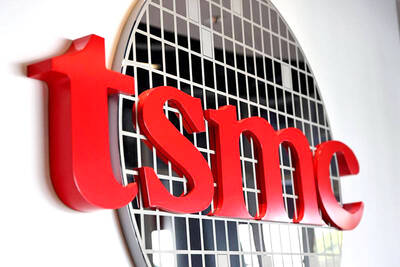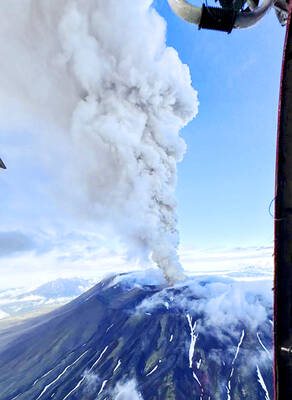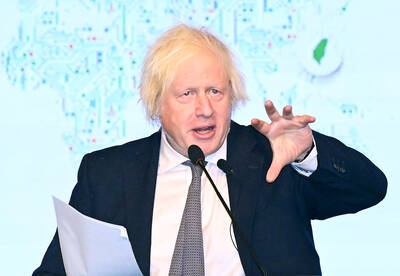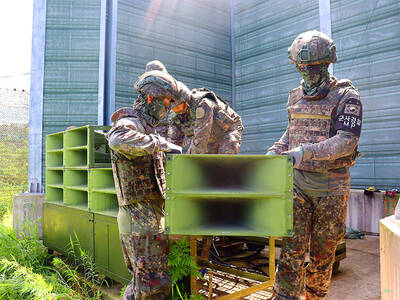It had the makings of a high-tension face-off: Google chief executive Eric Schmidt spoke on Tuesday at a convention of newspaper executives at a time when a growing chorus in the struggling industry was accusing Google of succeeding, in part, at their expense.
Any open controversy reverberated little more than a soggy newspaper hitting a doorstep. Schmidt’s speech closing the annual meeting of the Newspaper Association of America here was a lengthy discourse on the importance of newspapers and the challenges and opportunities brought about by technologies like mobile phones.
His speech was followed by polite questions from industry executives that only briefly touched upon a perennially sore point: whether the use of headlines and snippets of newspaper stories on Google News is “fair use” under copyright law or a misappropriation of newspaper content.
“I was surprised that the publishers really let Google off the hook,” said Jim Chisholm, a consultant with iMedia Advisory, which advises newspaper companies around the world.
“While Google News generates a lot of audience, ultimately, the question is going to be who is going to make the money out of that: Google or the publishers,” he said.
On Monday, The Associated Press (AP) said it would work to require Web sites that use the work of news organizations, including AP and its member newspapers, to obtain permission and share revenue with them.
“The ultimate resolution of all is this will be determined by how you interpret fair use,” Schmidt said of the broader debate around Google News.
‘CONFUSED’
But Schmidt said that he was “a little confused” by news reports that singled out Google as a target of the AP effort.
He said that Google currently licensed and hosted news stories from AP.
He did not directly address newspaper content, which the company does not license.
Google has long insisted that its use of snippets and headlines in Google News is legal. It also said Google News drove a huge amount of traffic to newspaper Web sites, which the publishers monetize through advertising.
Newspaper publishers do not want to cut off the traffic they get from Google’s search and news services and from other search engines.
It is technologically simple for any newspaper Web site to keep content off Google and Google News, but few if any newspapers have chosen to do that.
PROFITING
Publishers do resent that the company, which recently began showing ads on Google News, is profiting from their content.
AP has not given details about exactly how it plans to tackle the matter. Just before Schmidt’s speech, William Dean Singleton, chairman of AP and chief executive of the MediaNews Group, said: “We don’t plan for anyone to use our content unless they pay for it. The licenses we do in the future will limit how and where our content is used.”
In a meeting with reporters afterward, Schmidt said Google was unlikely to license newspaper content, as it has done with AP, even if that content was behind a pay wall.
“In a scenario where a newspaper had a subscription product, what would Google do?” he asked. “It’s highly unlikely that we would buy a subscription and give the content away free. We might be able to help the distribution of that content, but the user would have to pay.”

Authorities have detained three former Taiwan Semiconductor Manufacturing Co (TMSC, 台積電) employees on suspicion of compromising classified technology used in making 2-nanometer chips, the Taiwan High Prosecutors’ Office said yesterday. Prosecutors are holding a former TSMC engineer surnamed Chen (陳) and two recently sacked TSMC engineers, including one person surnamed Wu (吳) in detention with restricted communication, following an investigation launched on July 25, a statement said. The announcement came a day after Nikkei Asia reported on the technology theft in an exclusive story, saying TSMC had fired two workers for contravening data rules on advanced chipmaking technology. Two-nanometer wafers are the most

Tsunami waves were possible in three areas of Kamchatka in Russia’s Far East, the Russian Ministry for Emergency Services said yesterday after a magnitude 7.0 earthquake hit the nearby Kuril Islands. “The expected wave heights are low, but you must still move away from the shore,” the ministry said on the Telegram messaging app, after the latest seismic activity in the area. However, the Pacific Tsunami Warning System in Hawaii said there was no tsunami warning after the quake. The Russian tsunami alert was later canceled. Overnight, the Krasheninnikov volcano in Kamchatka erupted for the first time in 600 years, Russia’s RIA

CHINA’s BULLYING: The former British prime minister said that he believes ‘Taiwan can and will’ protect its freedom and democracy, as its people are lovers of liberty Former British prime minister Boris Johnson yesterday said Western nations should have the courage to stand with and deepen their economic partnerships with Taiwan in the face of China’s intensified pressure. He made the remarks at the ninth Ketagalan Forum: 2025 Indo-Pacific Security Dialogue hosted by the Ministry of Foreign Affairs and the Prospect Foundation in Taipei. Johnson, who is visiting Taiwan for the first time, said he had seen Taiwan’s coastline on a screen on his indoor bicycle, but wanted to learn more about the nation, including its artificial intelligence (AI) development, the key technology of the 21st century. Calling himself an

South Korea yesterday said that it was removing loudspeakers used to blare K-pop and news reports to North Korea, as the new administration in Seoul tries to ease tensions with its bellicose neighbor. The nations, still technically at war, had already halted propaganda broadcasts along the demilitarized zone, Seoul’s military said in June after the election of South Korean President Lee Jae-myung. It said in June that Pyongyang stopped transmitting bizarre, unsettling noises along the border that had become a major nuisance for South Korean residents, a day after South Korea’s loudspeakers fell silent. “Starting today, the military has begun removing the loudspeakers,”